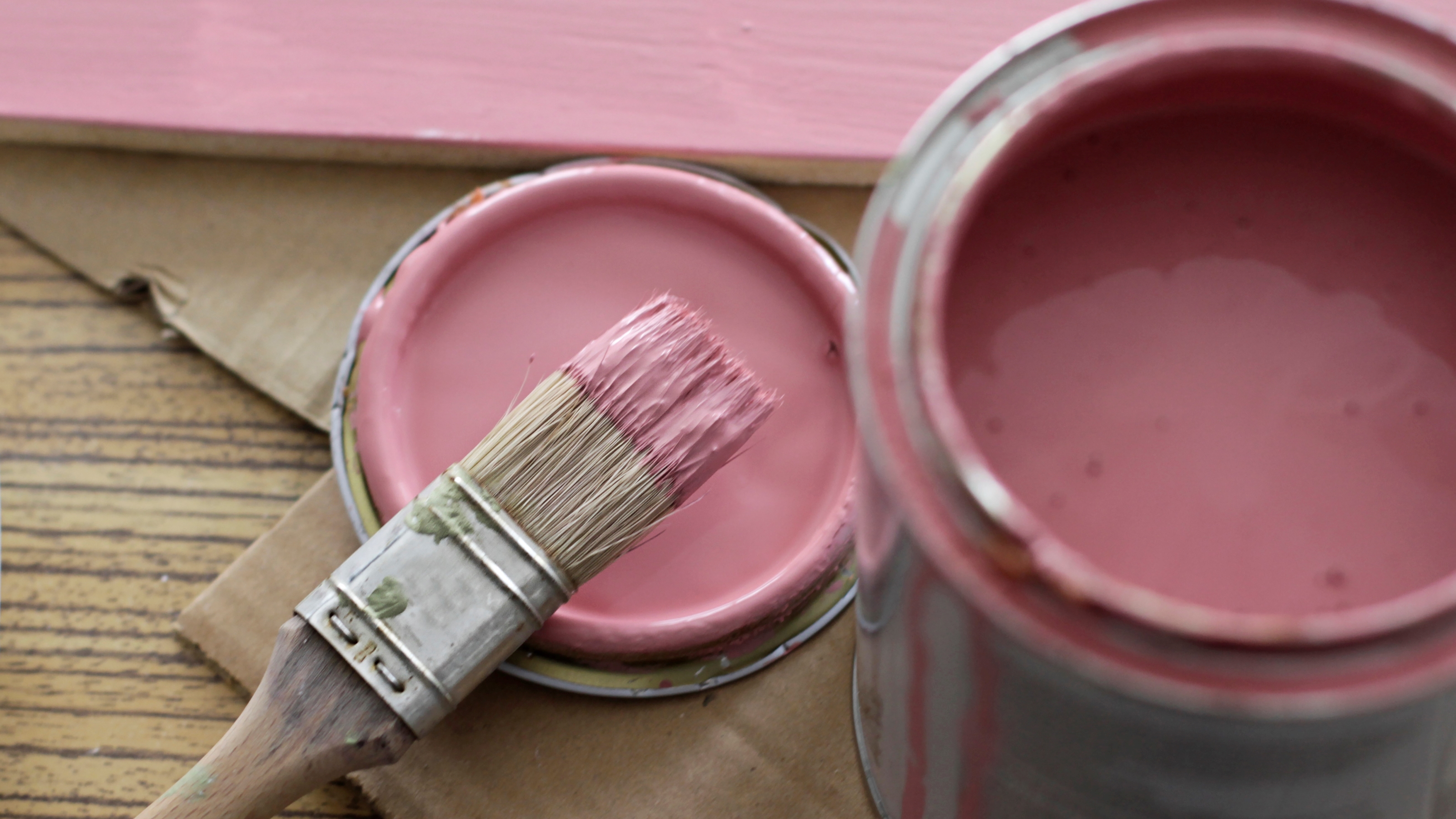
Learning how to dispose of paint correctly is essential for anyone who is DIY painting their home, renovating, or even just painting furniture or a deck during the summer. The trouble with paint is that it’s often left unfinished in the can. Before long, you have a garage full of unfinished cans of paint and don’t really know what to do with it. Do you chuck it in your household trash? Do you need to take it to some kind of a special recycling center?
So, whether you have a whole collection of the best paints for furniture, or you’ve repainted all of your walls and still have some leftover, here’s how to dispose of paint the right way, according to a painting professional.
How to dispose of paint
1. Transfer leftover paint into mason jars
Mason jar DIY ideas have been around for a while now, but did you know that you can store your leftover paint in them? Transferring your paint into a mason jar means that you’ll be able to dispose of the paint can by recycling it, but you can reuse your paint at a future point and store it in a much nicer container. Paige NeJame is the owner of Certa Pro Painters, a large painting company near Boston and recommends saving any paint you have left over ‘for touch-ups’ - we like mason jars because they’re easy to store, pretty and simple to pull out of a cabinet if you have a scratch or ding you need to paint.’
Walls and furniture do get scratched, so it’s always a good idea to have some of the same paint you’ve used ready for small repairs, rather than having to buy a whole new can you won’t finish. Storing your paint in mason jars will also mean you can keep them in your utility room, displayed neatly on a shelf.
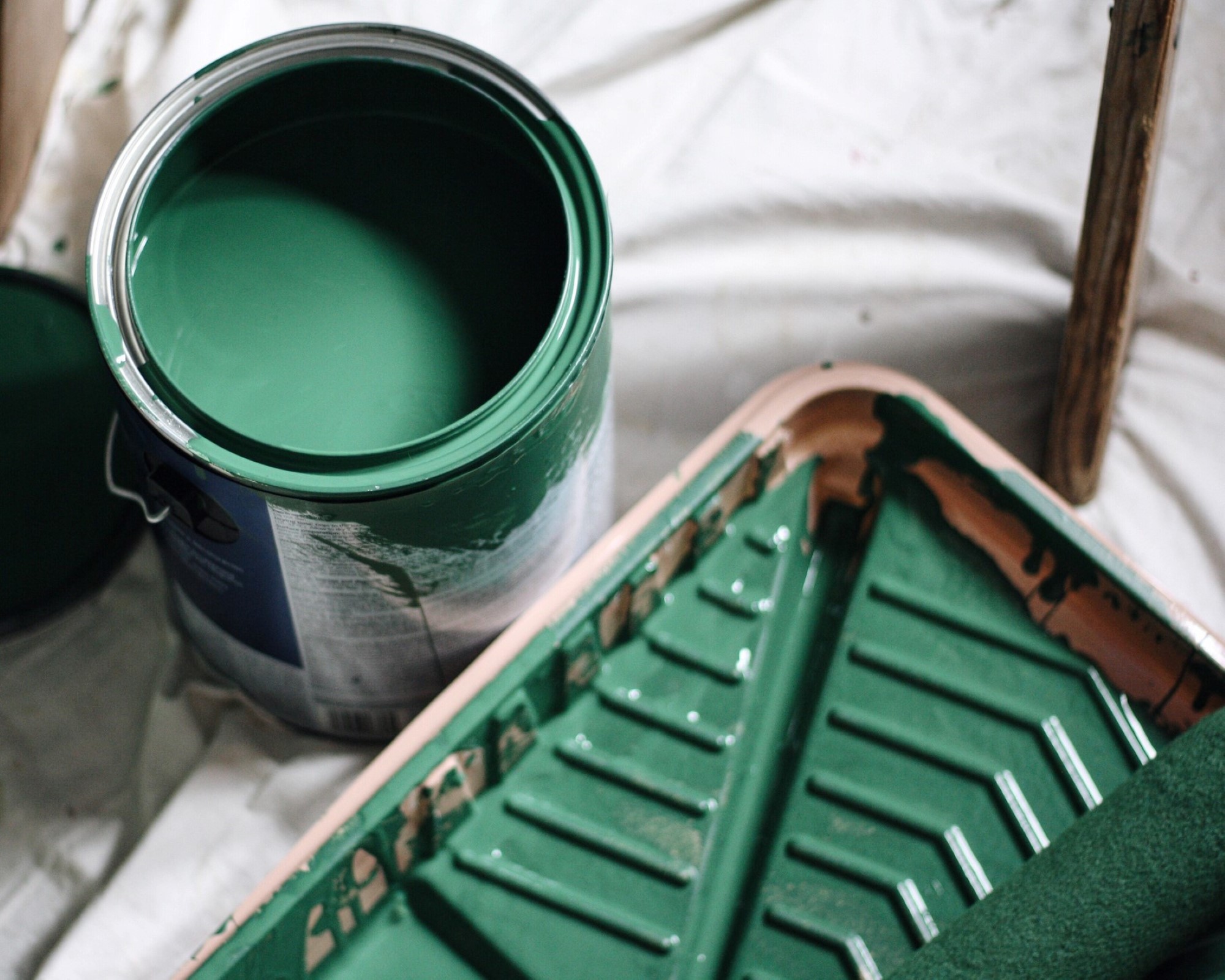
2. Try to only buy the paint you need
This leads us to the next point. It’s much easier to dispose of an empty can of paint, so buying as close to the exact amount you’ll need as possible is always the best course of action. NeJame advises that ‘you will need about 1 gallon of paint for about 350 square feet per coat of paint. If you need 2 coats, you’ll need double that.’ Doing the math on how much paint you’ll need ‘upfront ensures that you have very little paint left over.’
Top tip: if you're painting your whole house, go for the largest can you can get, usually a five-gallon. That way, you'll have one can to recycle afterward.
3. Consider donating your paint
As with most things, the paint you’re about to throw away may be useful to someone else, and many people will happily buy a half-used can of paint for their own DIY needs at a reduced price. NeJame’s top tip for disposing of paint this way is to donate it to Habitat for Humanity stores - ‘the stores are called “ReStore’’’ - they ‘will take your old paint and resell it to people to raise money for Habitat for Humanity.’
If you’re in the UK, you can donate your leftover paint to a charity called Community RePaint. Householders can drop off their paint at participating household waste and recycling centres, where their paint will be picked up by a nearby Community RePaint scheme for reuse in the community. The Community RePaint website has a useful recycling centre finder, too.
Finally, you can arrange for someone who needs the paint to pick it up from you via Freecycle.
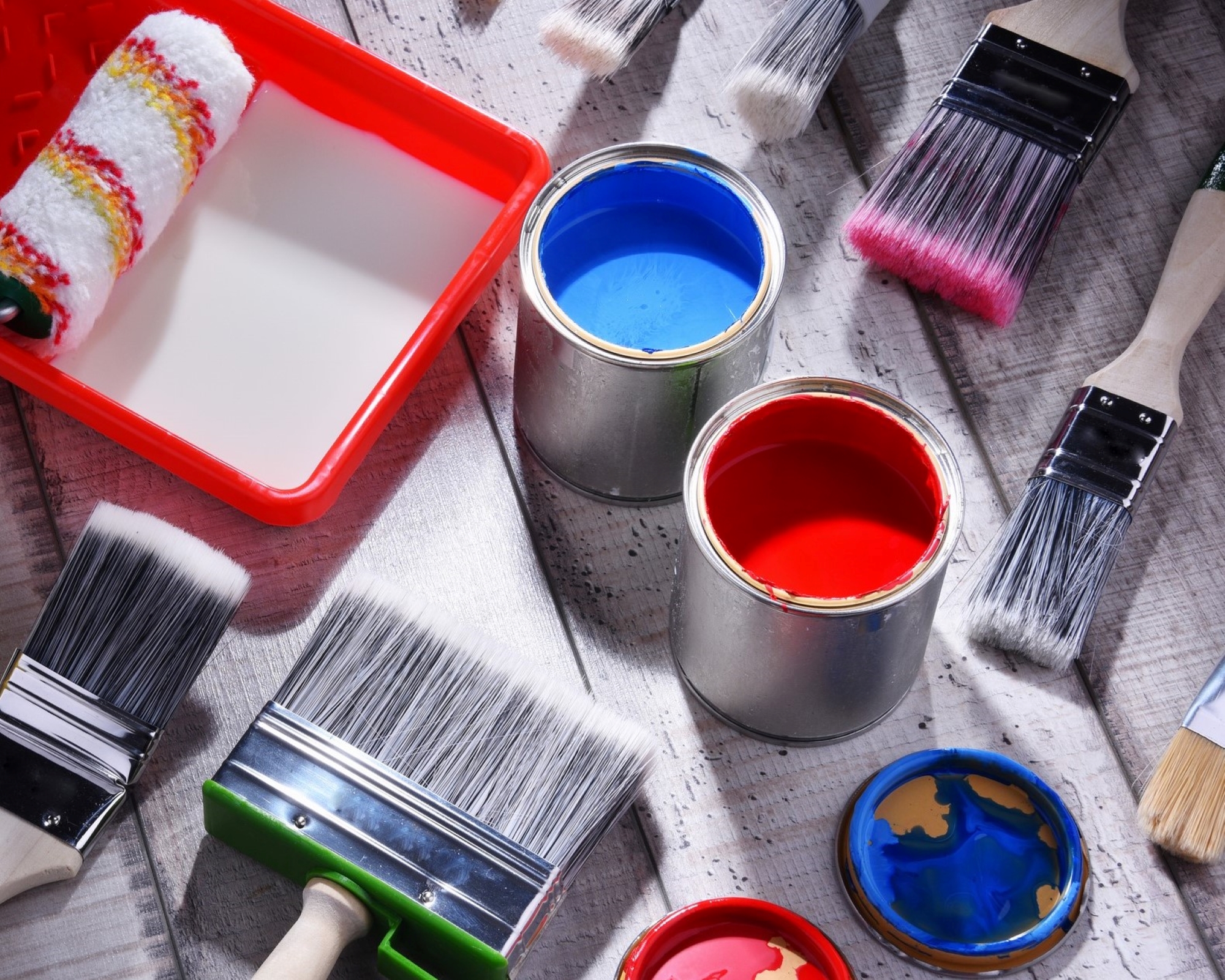
4. Harden the paint before taking it to your local recycling center
If you can’t find a suitable new home for your unused paint and want to dispose of it, do not put your paint in the trash or pour it down the drain. Instead, you will need to either take your paint to a recycling center or arrange for a special collection of your paint (you’ll need to check with your local authority if they do those and how to arrange for one).
Recycling facilities do not accept liquid waste, so you will need to pour the paint out of the can (which can then be recycled) and harden it. Ne Jame advises that ‘ If you need to dry it out, mix some kitty litter, wood shavings or shredded paper in the bucket, The paint will solidify/dry out in about 10 minutes.’
Top tip: ‘To recycle a metal paint can it can have a little bit of dried paint (about ½”), and you can put it in with the metal recycling.’
Some paint retailers will also accept your leftover paint for recycling. Check Lowes in the US and B&Q in the UK.
Is paint classed as hazardous waste?
Yes. Paint is classed as hazardous waste for two reasons. The first is that the VOCs and heavy metals contained in paint are hazardous to the environment. For this reason, paint must never come into direct contact with soil or water sources. The second is that oil-based paint is flammable and poses a fire risk at landfills.
Can I be fined for dumping paint in the trash?
Yes. In both the US and UK, illegal dumping/illegal waste disposal are offenses subject to fines and, in extreme cases with repeat offending, even subject to felony charges. You have to dispose of paint correctly to avoid these unpleasant consequences. Fortunately, as we’ve seen, there are quite a few options for disposing of leftover paint safely and correctly – the fact that you can help charities with your paint donations is even better.
Join our newsletter
Get small space home decor ideas, celeb inspiration, DIY tips and more, straight to your inbox!
Anna is a professional writer with many years of experience. She has a passion for contemporary home decor and gardening. She covers a range of topics, from practical advice to interior and garden design.
-
 How to paint a door and refresh your home instantly
How to paint a door and refresh your home instantlyPainting doors is easy with our expert advice. This is how to get professional results on front and internal doors.
By Claire Douglas
-
 How to paint a radiator in 7 steps
How to paint a radiator in 7 stepsPainting radiators properly is all about choosing the right paint and the best process. Get interior designer-worthy results with our how-to.
By Kate Sandhu
-
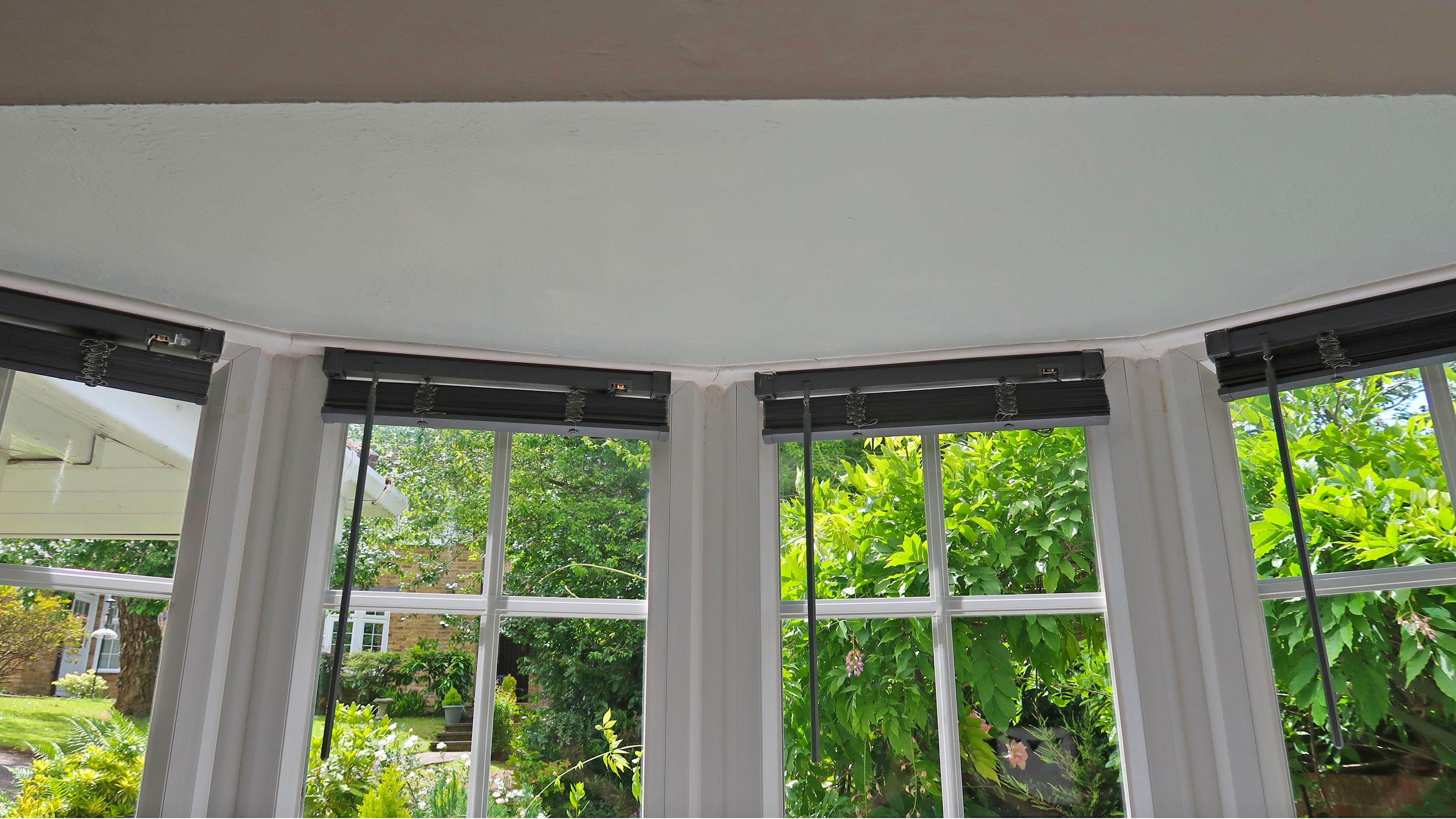 How to paint a textured ceiling in a day or less
How to paint a textured ceiling in a day or lessLearning how to paint a textured ceiling requires a slightly different approach to a smooth surface, whether you need to paint a popcorn ceiling or refresh some woodchip
By Claire Douglas
-
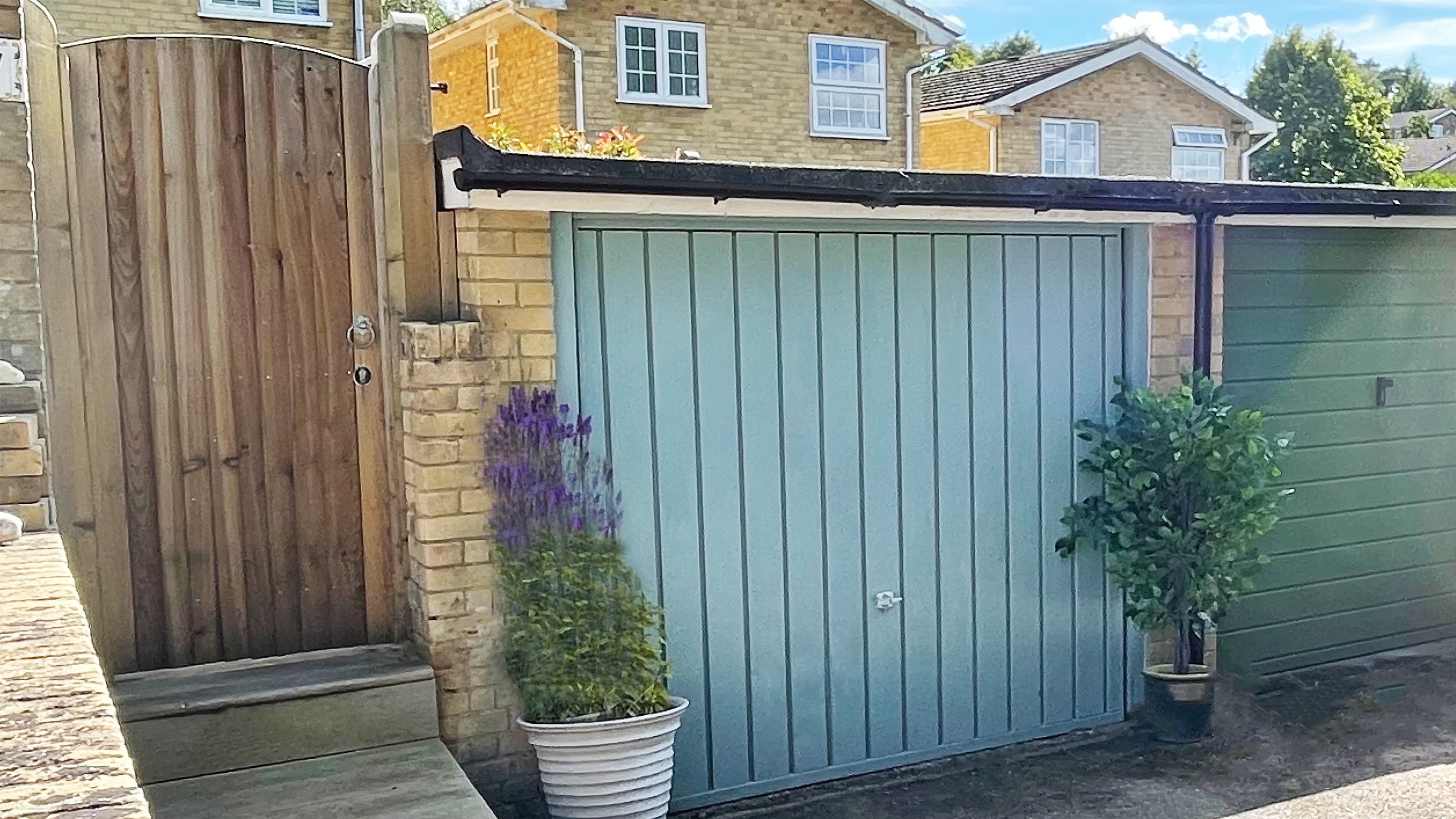 How to paint a garage door: metal, steel, fiberglass or for a wood effect
How to paint a garage door: metal, steel, fiberglass or for a wood effectA step-by-step on how to paint a garage door made from metal, steel, fiberglass or wood. Choose the right paint and priming may not be necessary and there are many more factors to consider for a professional-looking finish...
By Claire Douglas
-
 How to paint trim and molding: A beginner's guide for a pro finish
How to paint trim and molding: A beginner's guide for a pro finishPainting trim and molding will perfect your room's decor and show off the color on your walls. DIY like a professional in seven easy steps with our guide.
By Natasha Brinsmead
-
 How to paint a wall for streak-free, professional results
How to paint a wall for streak-free, professional resultsFind out how to paint a wall properly using a roller and a brush for a professional finish – fast. Plus, how to not get paint everywhere else...
By Lindsey Davis
-
 14 painting mistakes we all make while decorating (and how to avoid them)
14 painting mistakes we all make while decorating (and how to avoid them)These common painting mistakes will compromise end results and make the job harder. We look at how to avoid them to be the best DIY decorator
By Lindsey Davis
-
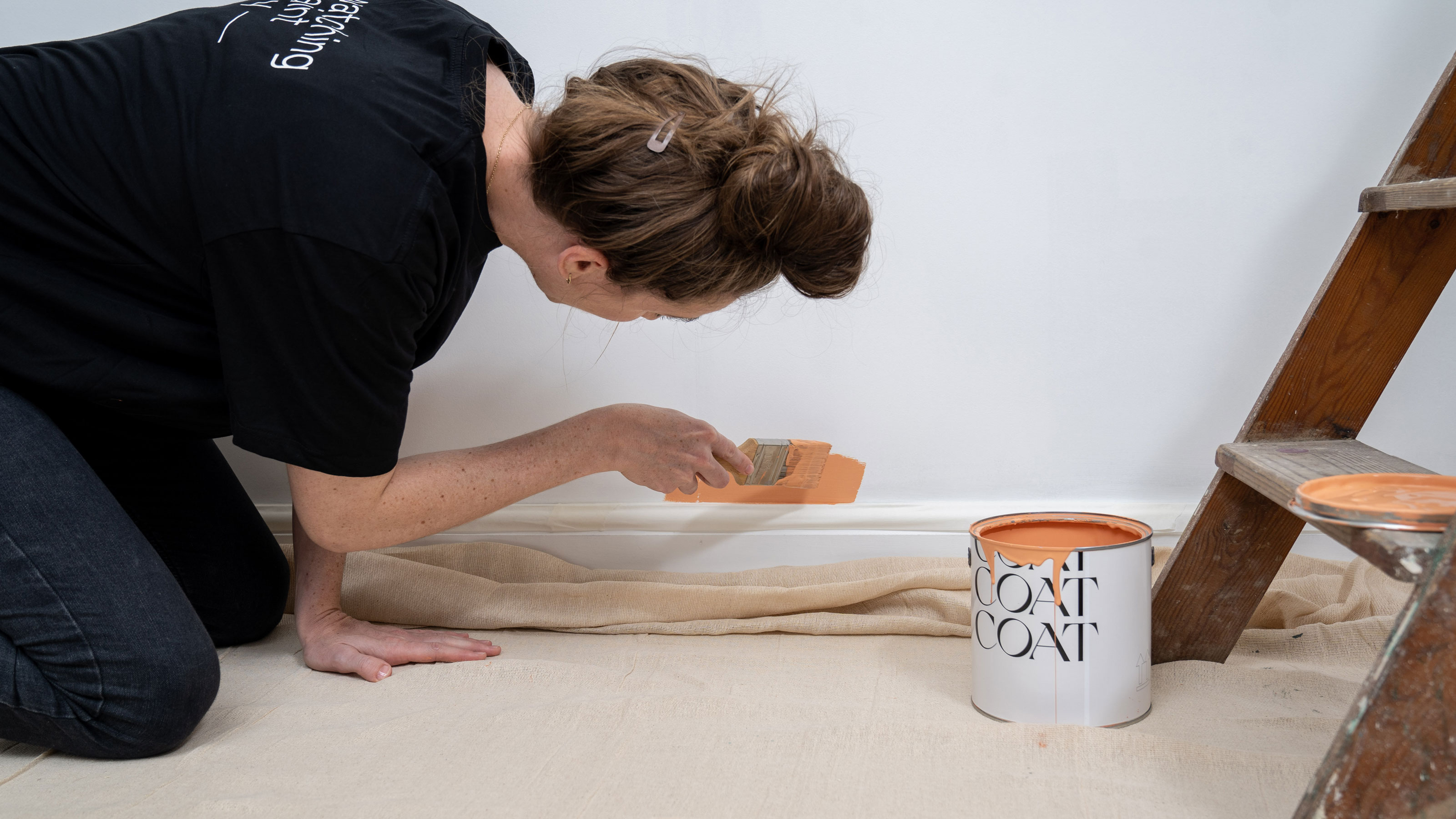 Paint pros reveal a common painting mistake
Paint pros reveal a common painting mistakeWe are definitely guilty of making this particular mistake
By Millie Hurst